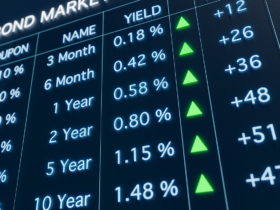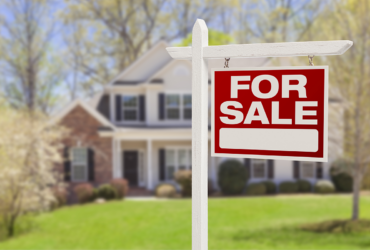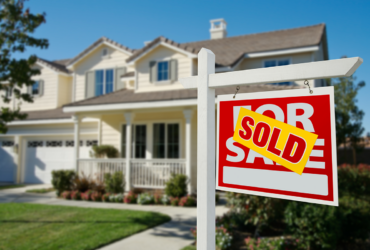Existing-home sales are starting the year on a positive note, according to the National Association of Realtors…(NAR)
- M-O-M: Total existing-home sales jumped 6.7% from December to a seasonally adjusted annual rate of 6.50 million in January.
- Y-O-Y: Total sales, unfortunately, fell 2.3% when compared to January 2021.
Inventory continues to remain a problem as builders struggle to find supplies to complete homes…
- Total housing inventory at the end of January was down 2.3% from December to 860,000 units, down 16.5% from one year ago.
- Low inventory meant homes remained on the market for 19 days in January, equal to days on market for December, and down from 21 days in January 2021.
Low inventory with high demand continues to propel prices higher as we start 2022…
- The median existing-home price was $350,300, up 15.4% from January 2021 ($303,600). This marks 119 consecutive months of year-over-year increases, the longest-running streak on record.
- The median existing single-family home price was $357,100 in January, up 15.9% from January 2021.
The South continues to lead all four regions thanks to a 9.3% jump in January to an annual rate of 2,940,000. The median price in the South was $312,400, an 18.7% surge from one year prior.
- The Midwest has the second hottest housing market after a 4.1% increase to an annual rate of 1.51M followed by the West with an annual rate of 1.27M (+4.1%) and the Northeast with an annual rate of 780k (+6.8%).
- The West had the second biggest year-over-year price appreciation with an 8.8% jump to $505,8000 followed by the Midwest with 7.8% growth ($245,900) and the Northeast at 6.0% ($382,800).
Lawrence Yun, NAR Chief Economist, explained why the forthcoming increase in mortgage rates will be problematic for at least two market segments…
- “First, some moderate-income buyers who barely qualified for a mortgage when interest rates were lower will now be unable to afford a mortgage…Second, consumers in expensive markets, such as California and the New York City metro area, will feel the sting of nearly an additional $500 to $1000 in monthly payments due to rising rates.”






Got a Questions?
Find us on Socials or Contact us and we’ll get back to you as soon as possible.